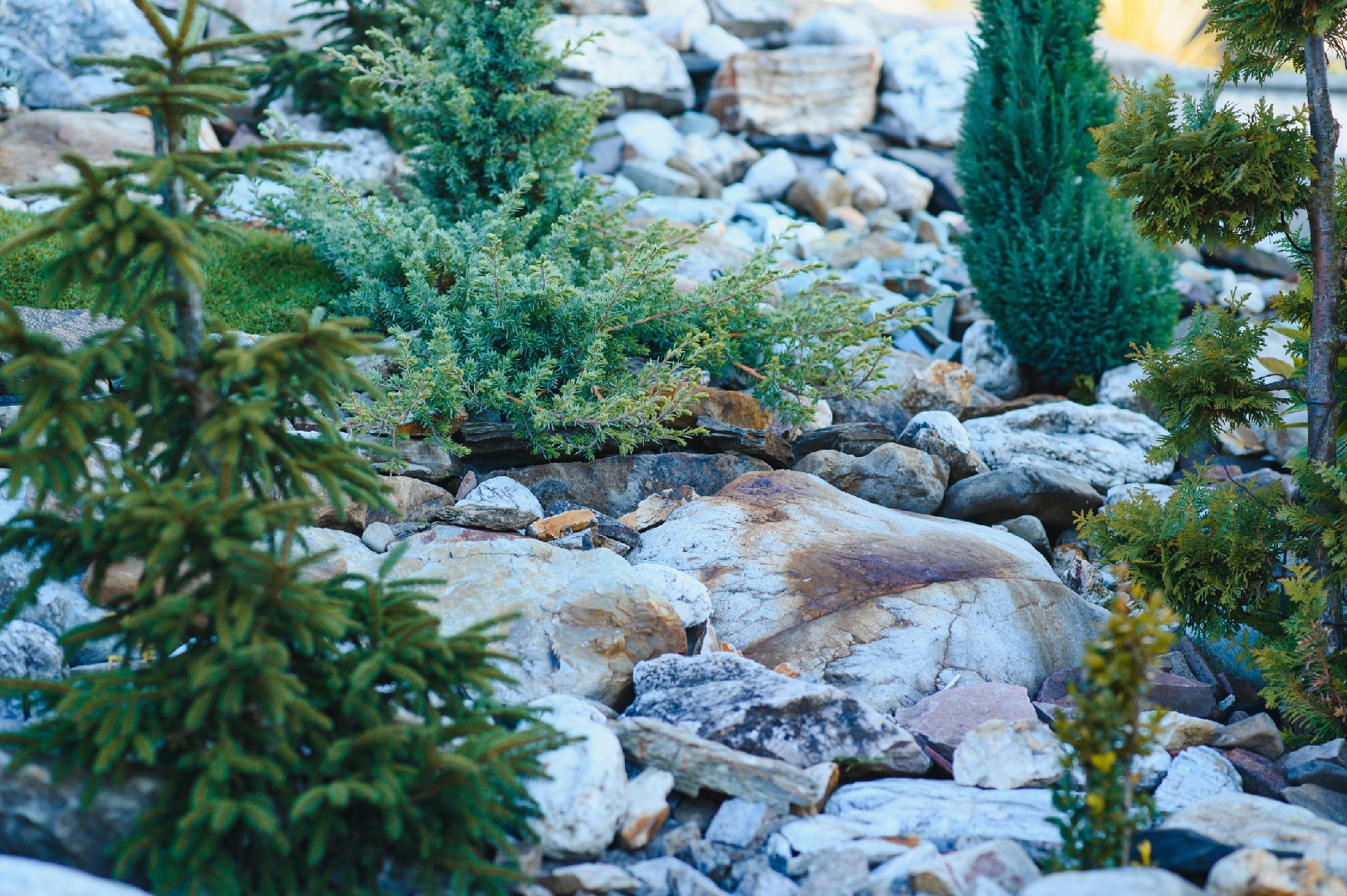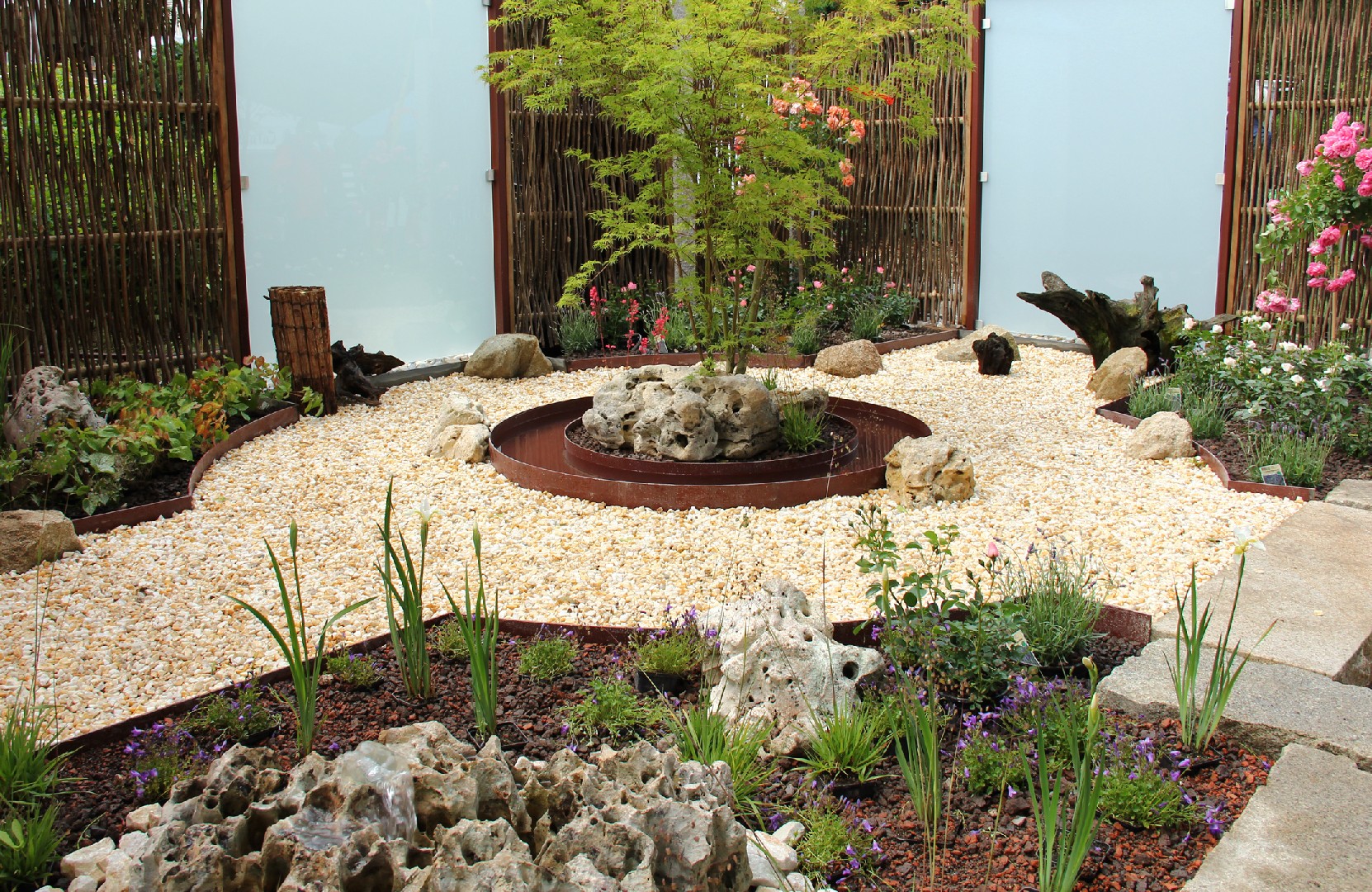![Rectangle]()
Practical Tips for Blending Hardscape and Softscape
When it comes to creating a harmonious garden design, blending hardscape and softscape elements is key. The successful integration of both can transform your outdoor space into a breathtaking oasis. Whether you're starting from scratch or looking to refresh your existing garden, here are some practical tips to help you achieve the perfect balance between hardscape and softscape.
Layout planning and initial design To begin, it's crucial to have a clear plan in mind for your garden's layout. Consider factors such as the size and shape of your space, its surrounding environment, and your personal preferences. Sketch out different design options and evaluate how each one incorporates both hardscape and softscape elements. This will give you a visual representation of what your garden could look like and help you make informed decisions.
Choice and placement of hard elements When selecting hardscape features, such as patios, pathways, or walls, it's important to choose materials and designs that complement the overall aesthetic of your garden. Consider factors such as color, texture, and style. For example, if you have a modern garden, sleek and minimalistic concrete or metal elements might be a good fit.
Furthermore, the placement of hard elements is crucial for achieving balance. Incorporate them in a way that creates visual interest and guides the flow of movement through your garden. For instance, a winding pathway can lead the eye and create a sense of mystery and discovery as visitors explore your garden.
Color schemes, patterns, and materials for harmony To ensure cohesion between hardscape and softscape, pay attention to the color schemes, patterns, and materials you choose. Aim for a consistent palette that harmonizes with your plantings. Consider how the colors of your flowers, foliage, and hardscape elements work together. For example, if you have a lush, tropical garden, vibrant blues and greens can create a refreshing and invigorating atmosphere.
When it comes to patterns, avoid overwhelming your garden with too many competing designs. Instead, opt for a few key patterns that complement the overall theme of your space. For instance, if you have a cottage garden, whimsical floral motifs can enhance the romantic ambiance.
Finally, materials play a vital role in creating a balanced garden design. Choose materials that are durable, weather-resistant, and appropriate for your climate. For example, natural stones, such as slate or granite, can add elegance and timeless beauty to your hardscape elements.
In conclusion, achieving a balanced garden design requires thoughtfulness in both layout planning and the selection of hardscape and softscape elements. By following these practical tips, you'll be able to create an outdoor space that seamlessly blends the hard and soft elements, resulting in a visually pleasing and harmonious garden that brings you joy for years to come.





